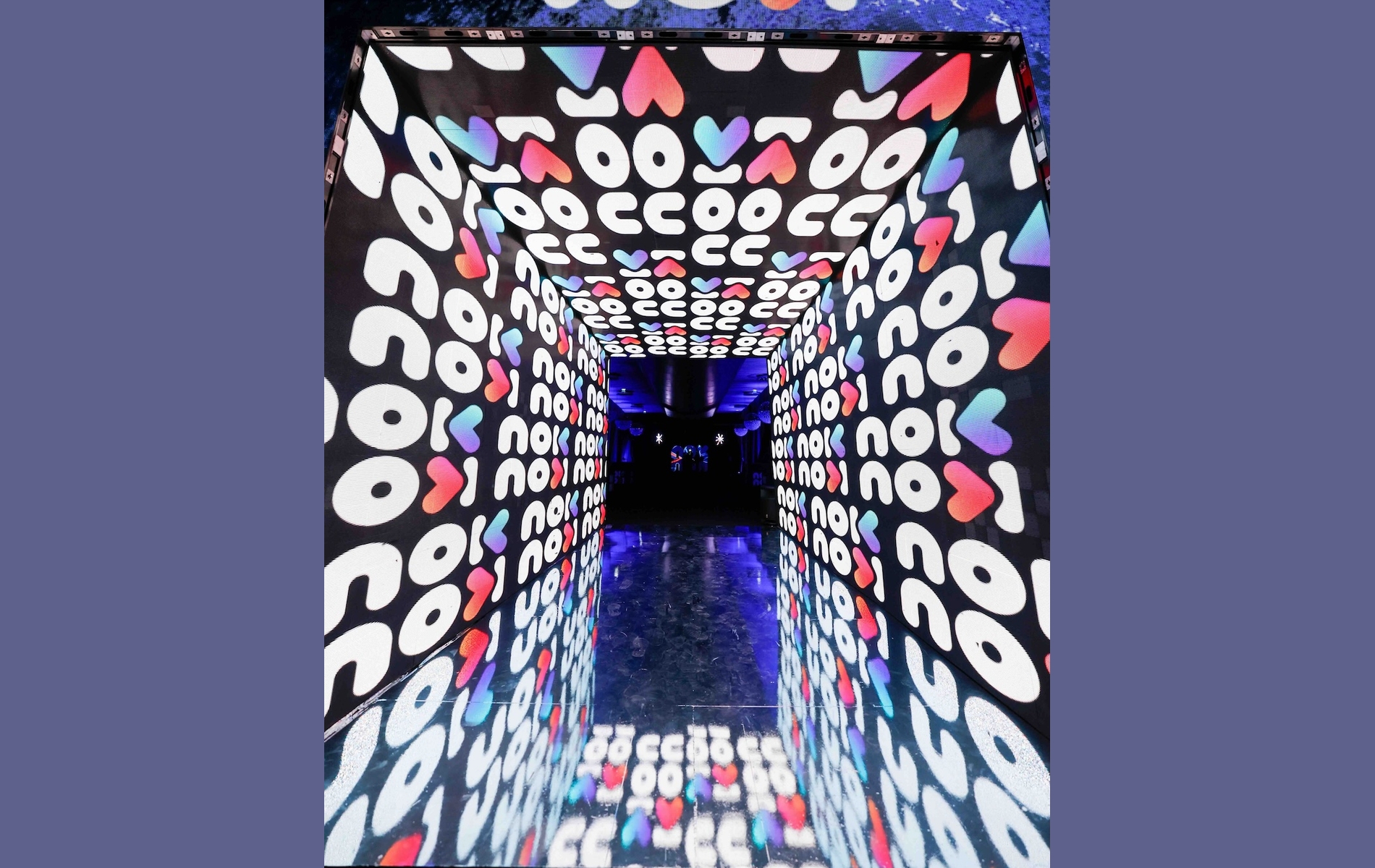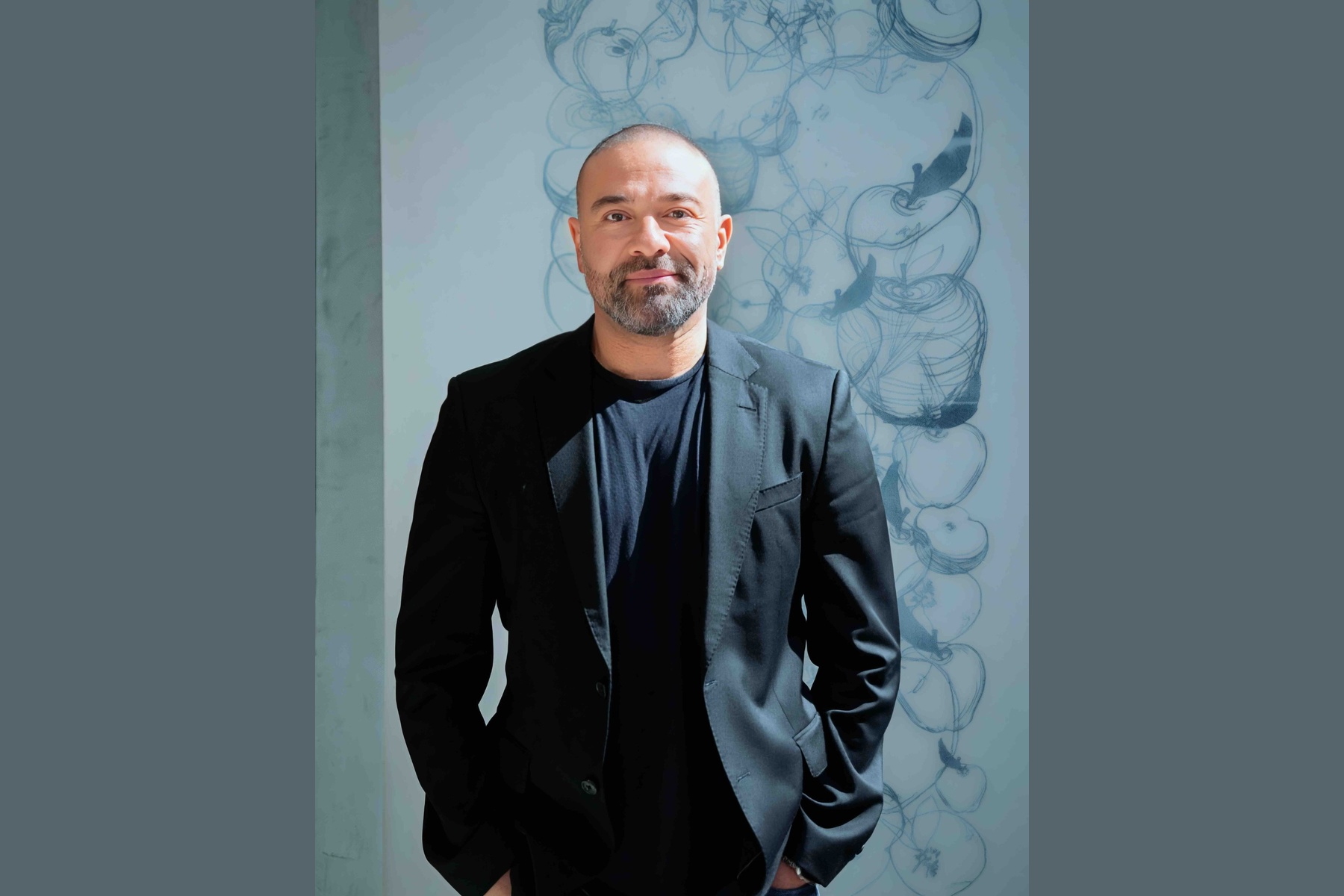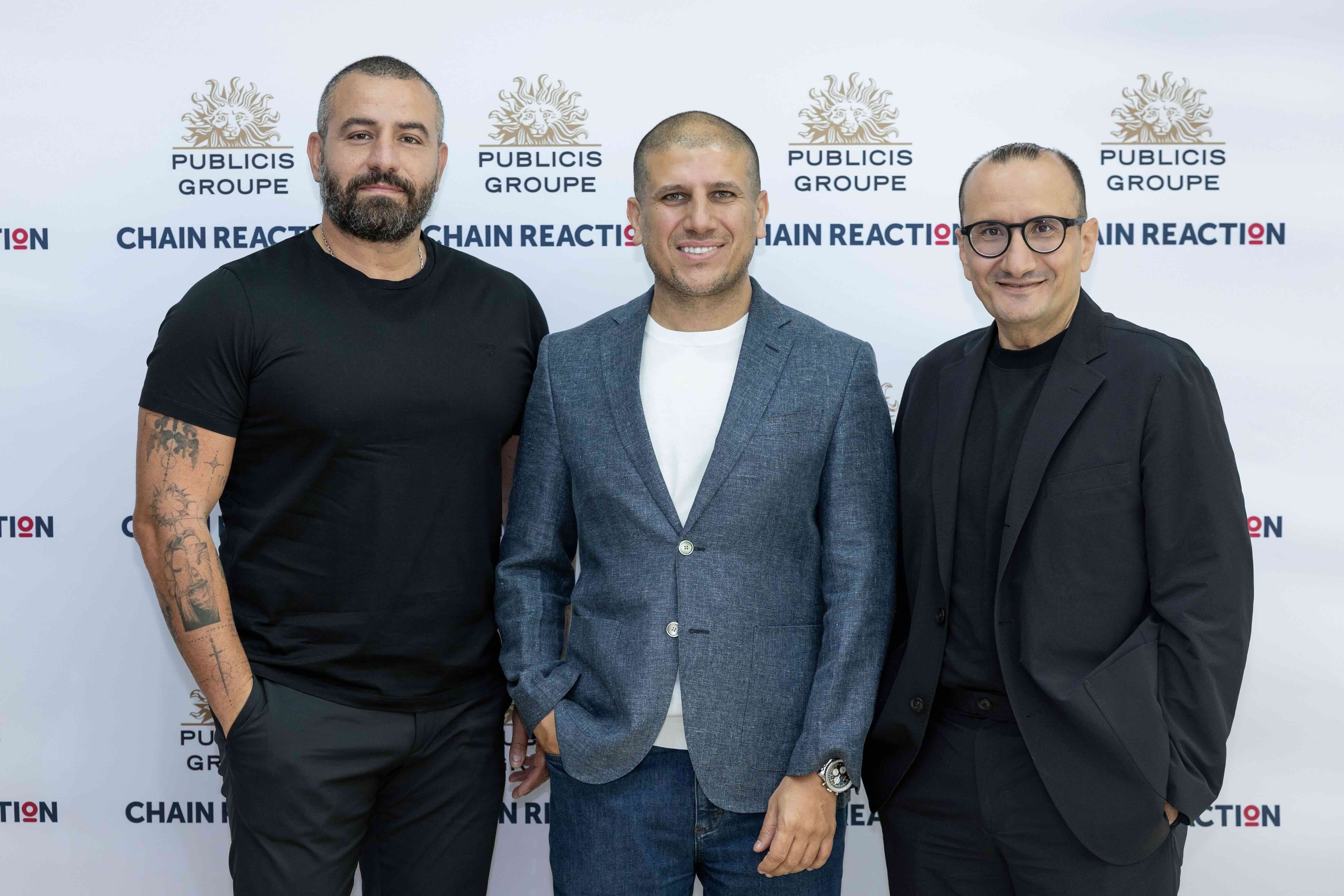News - Digital/Tech
AR moves from novelty to necessity for marketers across the Middle East
by Vishal Badiani
October 5, 2020
.jpg) Advertisement
Advertisement“Keys, phone, wallet… hand sanitizer, face mask.”
Just six months ago, could you have imagined a small bottle of hand sanitizer and a face mask becoming a part of your leave-the-house checklist? Or that blowing out candles on a birthday cake would ever be seen as scandalous? People today are consciously being forced to evaluate every physical interaction they take - and this is having profound implications for retailers, and the brands that have relied on them for so long to drive sales.
Sure, a small but significant shift was already underway with regards to online shopping and digital store experience, with CEOs and CMOs talking about digitisation, e-commerce and new models of customer engagement. However, the pandemic has forced much of the talk into real-world action. In itself, the pandemic has not been the reason for change or adoption, but it has been and continues to be a huge catalyst.
One of the most notable outcomes from Snap’s perspective has been a surge in the interest in and demand for augmented reality. Globally, revenue from augmented reality (AR) advertising, predominantly on social media platforms, is forecast to grow by nearly 180% this year, expected to reach over $2bn by the end of 2021. From local and regional brands like STC, Landmark and noon.com, to multinationals such as Amazon, Nestlé and PepsiCo, top marketers in MENA are now leaning in more than ever before – after all, there is no better way right now to drive virtual footfall or product trial whilst still remaining innovative and exciting at a brand level.
The power and proximity of the mobile screen has never been more tangible, and AR can bring advertising messages to life like no other format. Snap has always pioneered AR, but tech can and often is copied. What sets us apart however, is that three in four of our 34 million unique users (and growing) across MENA play with AR experiences over 30 times every single day. They have learned to seek out these AR experiences, organic and sponsored, every single day on our Lens Carousel, making AR advertising on our platform uniquely effective and impactful.
In a recent campaign for Ibrahim AlQurashi, we recreated a luxurious shopping experience – Snapchatters could actually walk into an augmented reality store, browse products and tap through to buy. These kinds of experiences not only demonstrate clear and measurable return on advertising spend (ROAS), they build significant pools of audience with high intent, and deliver voluntary time spent with a brand that is very difficult to replicate through any other format, including video. More than anything, this case highlighted the strength of our audience amongst nationals across the GCC.
Other notable recent examples include Gucci for a virtual sneaker try-on, and Lincoln for a new car launch. Both of these experiences demonstrate the fidelity of AR experiences on Snapchat, and dispel the myth that Snapchatters are ‘too young to buy’. Lincoln leveraged AR to launch the new Aviator, and the AR Lens experience alone achieved over 8.5 million impressions, 93,000 swipe-ups, and 45,000 shares, with an average time spent with the brand of over 38 seconds.
Augmented reality advertising might seem like a futuristic concept, but the fact is it is neither new nor complicated to achieve with the free tools Snapchat has launched in recent years – just search for videos on Lens Studio or Lens Web Builder to see how hundreds of creators across our region are teaching themselves and publishing Lenses every few weeks. It has never been easier, quicker or cheaper to build these experiences for any and every moment – from weekends and paydays, through to national days, product launches, sale announcements and cultural moments. In less than a decade, AR has gone from Inception and Pokemon Go, to one of the most reliable, agile and powerful creative tools a marketer can deploy.
AR can no longer be categorised as a novelty or nice-to-have; it’s an opportunity for you as a client and marketer to redefine traditional, and largely meaningless, ‘digital engagement’ metrics and create memorable experiences for your brand – the sort of experiences that people save, share and remember. In countless case studies, we’ve seen how AR has effectively and efficiently moved customers from browsers to buyers. It’s time to embrace the new, and understand how AR can become the most powerful asset in your advertising and media toolkit.



.jpg)










